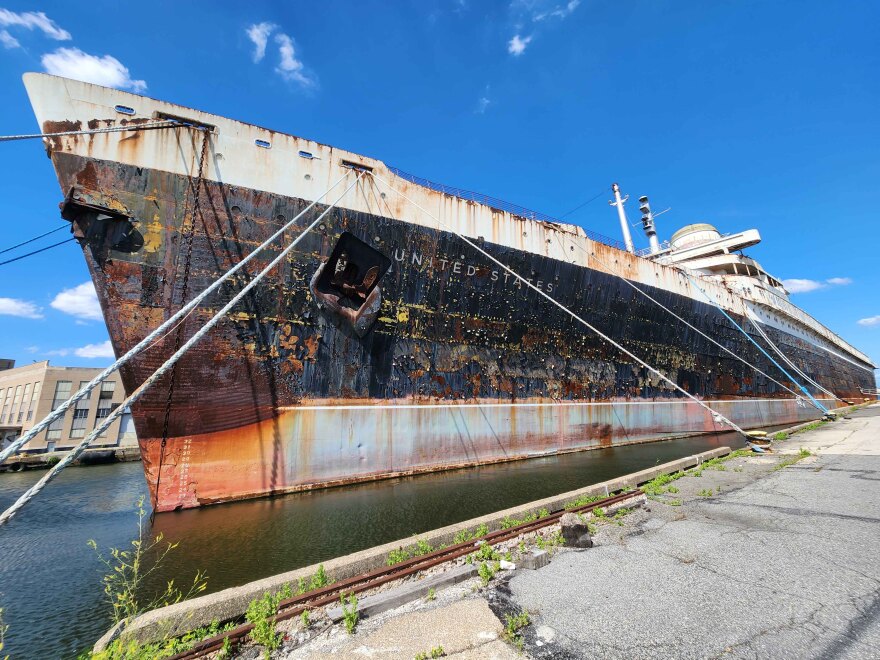The Okaloosa County Board of Commissioners approved two agreements on Tuesday, which will secure $2 million in funding for the SS United States artificial reef project.
Visit Pensacola and Coastal Conservation Association will be two partners in deploying the world’s largest artificial reef.
Visit Pensacola will contribute $1.5 million. As part of the partnership, $1 million will go to the purchase, preparation, transport, and deployment of the ship. The additional $500,000 will be dedicated to a five-year marketing partnership with Destin-Fort Walton Beach.
The artificial reef will be positioned at approximately 22 miles southwest of the Destin East Pass and 32 nautical miles southeast of the Pensacola Pass. Visit Pensacola is scheduled to approve the funding agreement at its December meeting.
Okaloosa County will also receive support from the Coastal Conservation Association with a donation of $500,000 to be awarded in two annual installments beginning January 2026 and ending January 2027. The contribution is the largest single donation in the organization's history.
It was last year that the county approved $10.1 million in funding for the SS United States project. The funding covers the purchase, transport, environmental remediation, and offshore deployment of the 990-foot vessel. It also includes a future land-based museum sharing the history of SS United States.
The project has received national attention for the ship’s historical significance. It was designed as a Cold War weapon with the ability to carry 14,000 troops for 10,000 miles without refueling. The ship launched in 1951 and retired in 1969. It still holds the transatlantic speed record.
Some have balked at the project, advocating for the preservation of the ship. Steve Perry, vice president and co-founder of the SS US Preservation Foundation, spoke at Tuesday’s meeting, saying the ship’s builder, William Francis Gibbs, designed the ship “as a masterpiece to last forever … not to be sunk as a reef.”
Other opponents have raised concerns about potential environmental impacts. The ship is currently in Mobile, where it’s undergoing a year-long remediation process — removing hazardous materials.
It will also be a record-breaking artificial reef — surpassing a record set in Pensacola with the 888-foot USS Oriskany, which was deployed in 2006.


